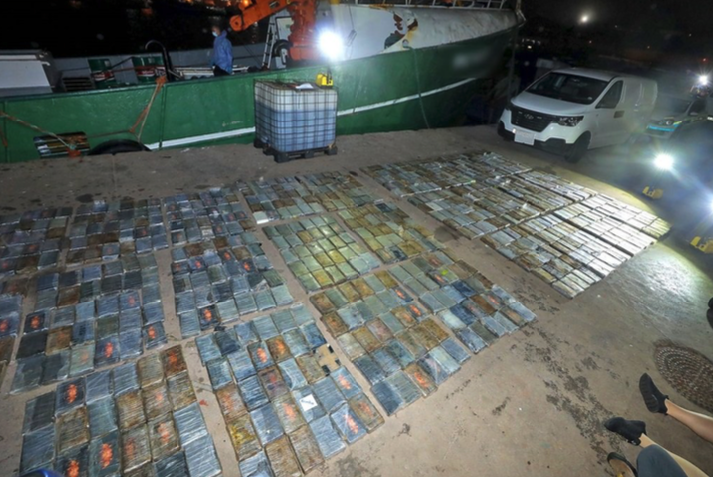The Illicit Drug Landscape in Eastern and Southern Africa
Eastern and Southern Africa have long been entwined with the history of illicit drug cultivation, production, and trade. This article delves into the complexities of this ongoing issue, detailing the evolution of drug use in the region, its implications, and the current state of affairs.
The Historical Context of Drug Use in the Region
Khat, a plant native to the Horn and coastal East Africa, has served as a stimulant since the 12th century. Similarly, cannabis, introduced from Asia, has been cultivated and consumed for centuries. Historically, informal policies governing these substances were deeply rooted in traditional community practices and social beliefs.
Key Highlights:
- Khat: Indigenous to East Africa, used since the 12th century.
- Cannabis: Imported from Asia, with centuries of use in the region.
The Shift in Drug Trade Dynamics
Over recent decades, the landscape of drug cultivation and consumption has changed drastically. The rise of large-scale production and trafficking of opiates, stimulants, and synthetic drugs poses new challenges and risks. Key developments include:
- Infrastructure Expansion: Increased global shipping through container and intermodal systems since the 1970s reshaped illicit drug trafficking.
- Technological Innovations: Emerging techniques aimed at elevating drug transportation efficiency and minimizing detection have further complicated control efforts.
As international drug control measures became more strict, Eastern and Southern Africa evolved new trafficking routes. These adaptations opened fresh supply channels and markets throughout the region.
Noteworthy Changes:
- Emergence of trafficking routes in response to international drug policies.
- Growth of production and distribution networks for heroin, cocaine, cannabis, and synthetic drugs.
The Rise of Heroin and Other Substances
The 1990s marked a pivotal moment in Eastern Africa’s drug trade with Afghan heroin making significant inroads. Smuggled from Pakistani and Iranian ports to Kenya and Tanzania, the local consumption of heroin began to rise, affecting some of the most vulnerable populations.
Key Impacts:
- Heroin: Spread along the eastern coast and into South Africa.
- User Demographics: Increased use among impoverished communities, with injection practices emerging in several countries, including:
- Zimbabwe
- Zambia
- Malawi
- Uganda
- Rwanda
- And more…
Following heroin, other drugs including cocaine and methamphetamines quickly infiltrated the region.
Current State: A Hub for Illicit Drugs
Today, Eastern and Southern African nations serve as critical transit hubs and markets for a variety of illicit drugs. Factors contributing to this scenario include:
- Growing Consumer Demand: Increased desire for drugs among local populations.
- Improved Infrastructure: Enhanced transport networks facilitating drug availability.
Implications for Development and Security:
- The burgeoning illicit drug market is a double-edged sword; while it poses substantial risks to regional stability and development, it also provides economic opportunities for marginalized communities.
Conclusion
The complex interplay of drug cultivation, production, and trade in Eastern and Southern Africa underscores a multifaceted crisis. To address this growing concern, a nuanced approach is required—one that considers the socio-economic conditions driving the drug trade while simultaneously enforcing effective control measures.
For more information, you can explore resources on illicit drug trafficking and the latest statistics on drug usage.
By understanding the historical context and current dynamics of drug trade in this region, stakeholders can better strategize interventions and policies to combat this pervasive issue.


